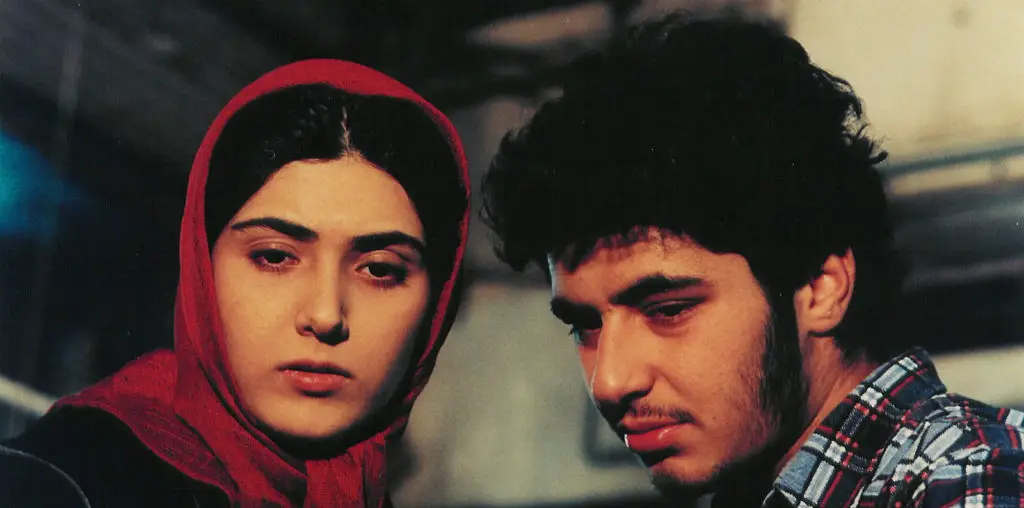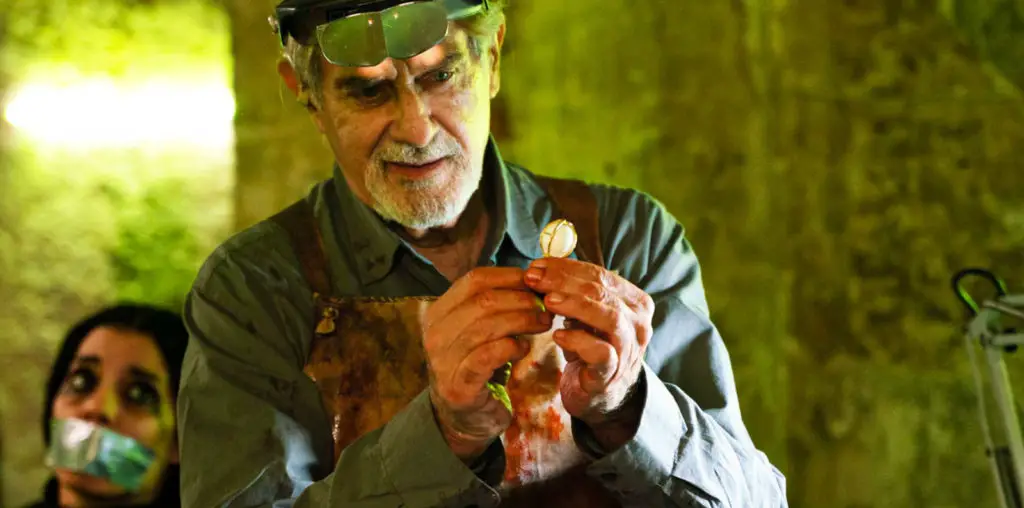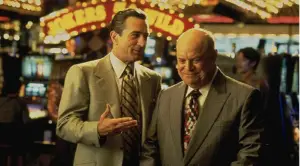
Martin Scorsese, a renowned filmmaker, has a captivating ability to engage audiences in the thrilling world of casinos. His films, including “Casino” (1995), exemplify his exceptional directing skills and distinctive storytelling style. In this article, we will delve into how Martin Scorsese’s unique approach enhances the casino genre and creates cinematic brilliance.
Complex Characters and Flawed Protagonists
A trademark of Scorsese’s filmmaking is his skill in creating intricate and multi-dimensional characters. In “Casino,” the characters are not simply one-dimensional heroes or villains; they are complex individuals with their own desires, strengths, and flaws. These characters make morally ambiguous decisions, blurring the boundaries between right and wrong. This adds depth and authenticity to the story being told.
Uncompromising Realism
Scorsese’s dedication to capturing realism is apparent in every shot of “Casino.” With meticulous attention to detail, he expertly recreates the dazzling allure of the Las Vegas Strip while simultaneously shedding light on the darker side of the casino industry. From lavish casino floors to shady backrooms, Scorsese effortlessly transports viewers into this world, creating an authentic and immersive cinematic experience and making the gambling industry more exciting, even in terms of online casinos.
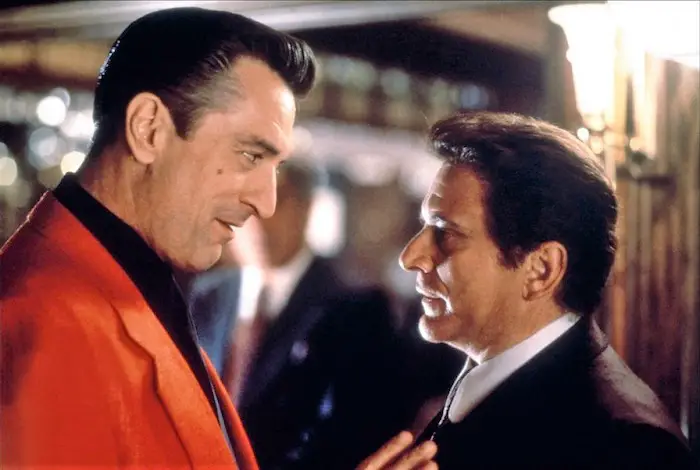
Captivating Narration
Martin Scorsese employs voice-over narration as a storytelling tool in “Casino,” which enriches the narrative and offers audience a deeper understanding of the inner workings of the casino industry, personal conflicts, and moral dilemmas experienced by the characters. This distinct narration style is one of Scorsese’s trademarks, establishing an intimate connection between viewers and protagonist.
Dynamic Camera Work and Visual Style
In “Casino,” Scorsese’s expert camera work and visual style captivate viewers. Through long tracking shots and intricate camera movements, he immerses the audience in the thrilling chaos of the casino floor. These techniques not only highlight the grandeur of the setting but also reflect the tumultuous lives of the characters.
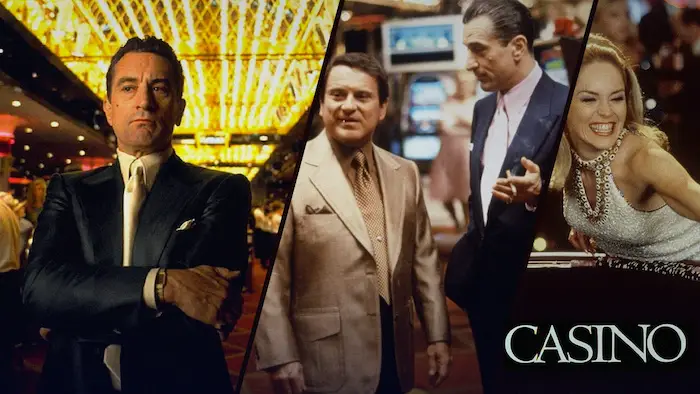
Music as a Narrative Tool
Music has always been a crucial element in Scorsese’s films, and “Casino” is no different. The movie boasts a diverse soundtrack that includes songs from different eras and genres. Each track is thoughtfully selected to enhance the emotional impact of the scenes, effectively turning music into a character itself. It works hand in hand with the narrative, evoking a wide range of emotions for audiences.
Exploration of Moral Ambiguity
“Casino” delves into the complex realm of moral ambiguity, with Scorsese presenting his characters without passing judgment. Instead, he encourages viewers to confront ethical dilemmas and contemplate the repercussions of their choices. This nuanced storytelling approach pushes audiences to engage more deeply with the narrative.
Collaboration with Iconic Actors
Throughout his career, Martin Scorsese has been renowned for his collaborations with iconic actors such as Robert De Niro and Joe Pesci. In “Casino,” De Niro delivers a captivating performance as the suave yet morally conflicted casino operator. Meanwhile, Pesci brings a menacing intensity to his role as a volatile enforcer. Scorsese’s remarkable ability to draw out powerful performances from his cast is a testament to his exceptional directorial skill.
Conclusion
Martin Scorsese’s expertise in directing shines through in the casino genre, as seen in his film “Casino.” With a masterful touch, he creates a captivating story by intricately weaving together complex characters, authentic settings, and moral dilemmas. Scorsese’s signature style embraces realism, dynamic visuals, and an exploration of the human condition. This elevates the casino genre beyond mere spectacle and transforms it into a profound cinematic experience. As Scorsese continues to make a lasting impact on the world of cinema, his contribution to the casino genre remains an exceptional display of his directorial brilliance.


